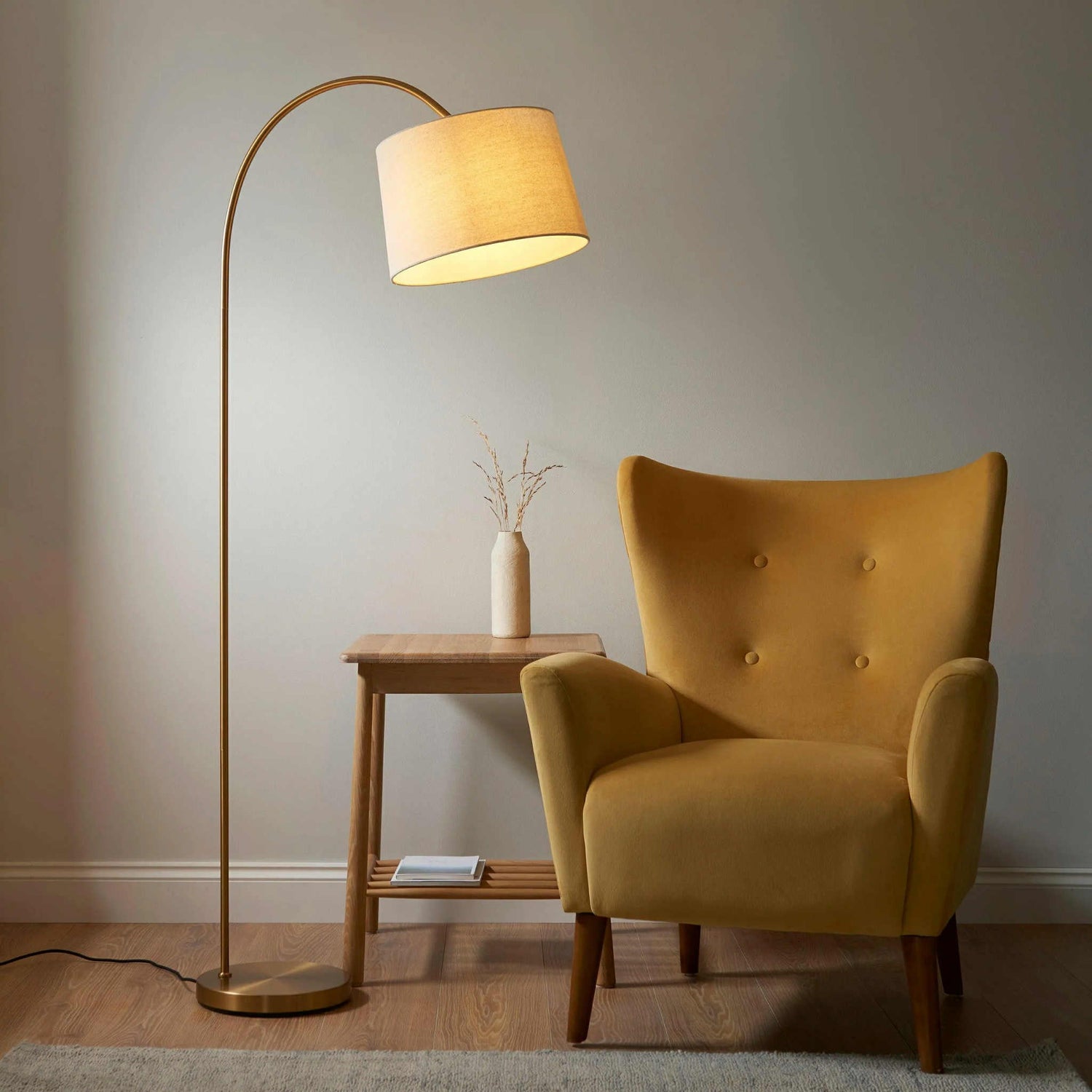
Demystifying Neon Sign Acrylic: A Comprehensive Guide
Share
Neon signs are like the rockstars of the signage world - flashy, attention-grabbing, and always ready to steal the show. But have you ever wondered what makes those neon lights pop so vibrantly? Enter neon sign acrylic, the unsung hero behind the scenes. Let's dive into the world of neon sign acrylic and shed some light on this illuminating material.
What exactly is neon sign acrylic?
Think of neon sign acrylic as the canvas for your neon masterpiece. It's a type of plastic material that is specially designed to transmit light effectively. This means that when those neon tubes inside the sign are lit up, the acrylic helps to disperse the light evenly, creating that signature neon glow that we all know and love.
How does neon sign acrylic work its magic?
Picture this: the neon tubes in a sign are filled with gas that emits light when electrified. When this light hits the neon sign acrylic, it bounces around inside the material, getting scattered and diffused. This diffusion is what gives neon signs their characteristic soft, glowing appearance. It's like a disco party happening inside the acrylic, with light bouncing off the walls and creating a mesmerizing effect.
Why choose neon sign acrylic over other materials?
Neon sign acrylic is like the VIP of the signage world - it's durable, versatile, and knows how to make an entrance. Unlike glass, acrylic is shatterproof, making it safer and more durable for outdoor use. Plus, acrylic can be easily shaped and molded into different designs, giving you the flexibility to get creative with your neon sign ideas. It's like the chameleon of materials, adapting to any design you throw its way.
Can you customize neon sign acrylic?
Absolutely! Neon sign acrylic is like a blank canvas just waiting for your artistic touch. You can choose from a variety of colors, thicknesses, and finishes to create a custom look that suits your style. Whether you want a sleek, modern vibe or a retro neon throwback, neon sign acrylic can be tailored to fit your vision. It's like having a personal stylist for your signage needs.
Where can you find neon sign acrylic?
Ready to light up your life with some neon sign acrylic goodness? You can find this luminous material at specialty sign shops, online retailers, or through custom signage companies. Just remember, when you're shopping for neon sign acrylic, make sure to choose a reputable supplier who knows their stuff. You want your neon sign to shine bright like a diamond, not fizzle out like a damp firework.
So there you have it, a crash course in neon sign acrylic that's sure to brighten your day (and your signage). Next time you see a neon sign lighting up the night sky, you'll have a newfound appreciation for the role that neon sign acrylic plays in creating that magical glow. Shine on, you crazy diamond!


